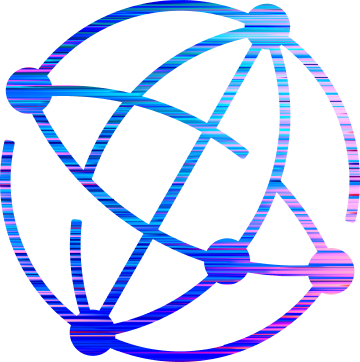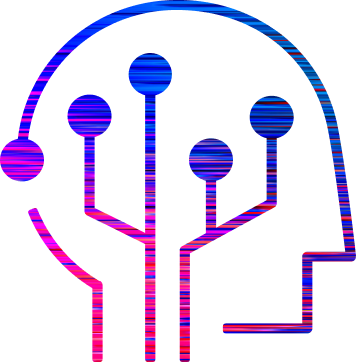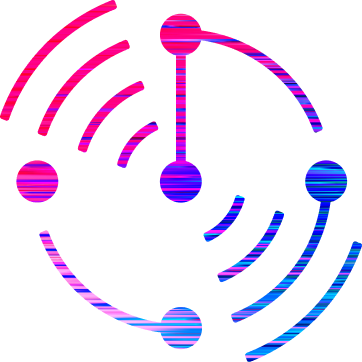

FORXAI* is a key driver to accelerate digital transformation (DX) in the field with the imaging IoT technologies.
The name combines "Foresight: visions that unlock the future" and "For X AI: AI for society)”.
"X", which means transformation, illustrates overlapping arrows, symbolizing the convergence of technologies of customers, partners, and Konica Minolta that move forward to the future.
*FORXAI is a registered trademark of Konica Minolta Inc. in Japan.
Top message

"FORXAI" - A key driver that accelerates digital transformation (DX) in the field
We support the creation of high-quality solutions and provide “FORXAI (pronounced “forsai”)”, to accelerate digital transformation (DX) in the field with the “imaging IoT technologies”.
With FORXAI, we are contributing to the advancement of workplaces and the realization of safe and secure societies around the world.
FORXAI partner program
Here are companies that engage in the FORXAI partnership.
Please feel free to contact us if you want to find a solution or technology that solves your problems or want to join the partnership.
FORXAI Elements
FORXAI consists of three FORXAI elements: FORXAI IoT Platform, FORXAI Imaging AI, and FORXAI Edge Device.
It integrates image and video information obtained from image input devices with various sensor data to realize AI-processed sophisticated recognition and judgment to workplaces (edges) on a real-time basis, and to further strengthen DX of the obtained data.

IoT Platform
A technology that securely and easily links edge devices with cloud services for management

Imaging AI
A technology that performs high-speed, high-precision AI processing centered on images

Edge Device
Devices that perform data input/output or data processing in the field
